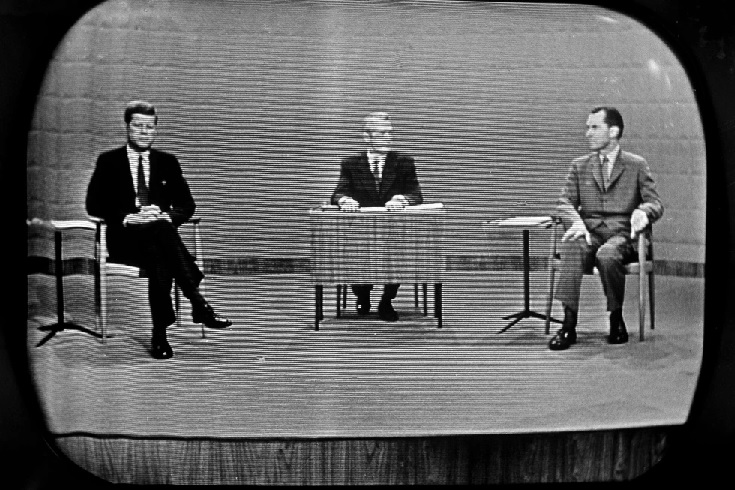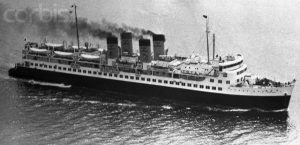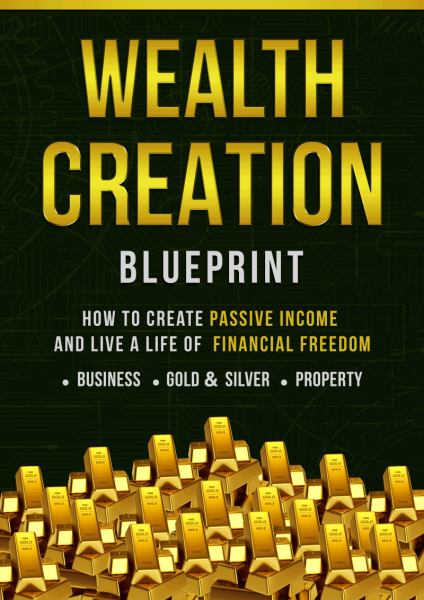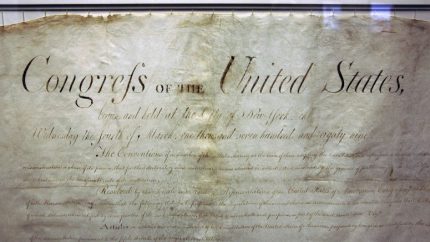
On September 26, 1960, American politics entered a new era as Democrat John F. Kennedy and Republican Richard M. Nixon engaged in the first-ever televised presidential debate. This unprecedented event, broadcast live from Chicago, captivated an estimated 70 million viewers. Kennedy’s calm, charismatic demeanor contrasted sharply with Nixon’s pale, visibly uncomfortable appearance, altering public perception and setting a new standard for political campaigns in the television age.
Also on This Date:
In 1777: British forces took control of Philadelphia, the largest city in the American colonies, during the Revolutionary War. This strategic victory dealt a severe blow to the morale of the Continental Army, forcing the fledgling government of the United States to flee. Despite the setback, the capture of Philadelphia did not lead to British victory, as the revolutionary spirit endured.

In 1954: In one of Japan’s worst maritime disasters, the ferry Toya Maru sank in the Tsugaru Strait during a violent typhoon. The ship, which was equipped with lifeboats but overwhelmed by the storm’s ferocity, carried over 1,300 passengers and crew. More than 1,150 lives were lost in the tragedy, which led to major improvements in ferry safety regulations across Japan.
In 1986: William H. Rehnquist was sworn in as the 16th Chief Justice of the United States, a position he would hold until his death in 2005. Known for his conservative judicial philosophy, Rehnquist shaped major rulings on issues like federalism and states’ rights. On the same day, Antonin Scalia took his seat as the 103rd associate justice, embarking on a career of originalist interpretation that would profoundly influence the Supreme Court.
In 1990: The Motion Picture Association of America (MPAA) introduced the NC-17 rating, designed to clearly differentiate between adult content and pornography. The move was part of an effort to rehabilitate the X rating, which had become synonymous with explicit adult films, giving filmmakers a new way to signal mature themes without the stigma of the X label.

In 1991: In Oracle, Arizona, eight individuals entered Biosphere 2, an ambitious experiment to simulate a closed ecological system. For two years, the crew lived in isolation, testing the viability of self-sustaining habitats for potential space colonization. Although technical problems and interpersonal tensions plagued the mission, the project contributed valuable insights into human and ecological resilience.
In 2000: Anti-globalization protests in Prague turned violent as demonstrators clashed with police during an International Monetary Fund (IMF) and World Bank summit. The protests, part of a growing global movement against economic inequality and corporate power, highlighted the widening rift between international financial institutions and grassroots activists demanding more equitable economic policies.
In 2005: Army Pfc. Lynndie England was convicted on six out of seven counts related to the Abu Ghraib prison abuse scandal. Photographs of England and other soldiers abusing Iraqi prisoners shocked the world, damaging America’s reputation abroad and leading to widespread criticism of U.S. military practices in Iraq. England was sentenced to three years in prison, becoming one of the most recognizable figures tied to the scandal.
In 2020: President Donald Trump nominated Judge Amy Coney Barrett to the Supreme Court following the death of Justice Ruth Bader Ginsburg. A former clerk for Justice Antonin Scalia, Barrett’s nomination ignited a partisan battle over the future direction of the Court. She was confirmed in record time, shifting the Court’s ideological balance further to the right.
In 2022: NASA’s DART mission made history as its spacecraft collided with the asteroid Dimorphos at a speed of 14,000 miles per hour. This unprecedented experiment was a test of humanity’s ability to defend the planet from potential asteroid impacts, a real-world demonstration of technology that could one day prevent a global catastrophe.









